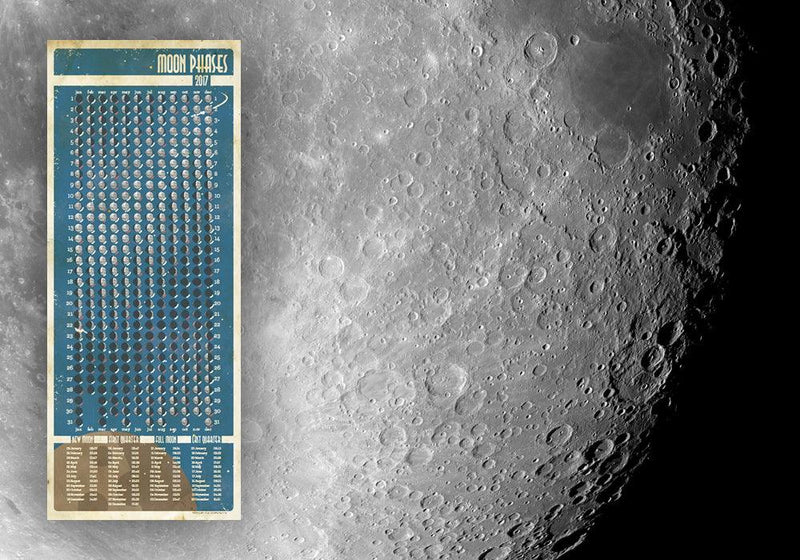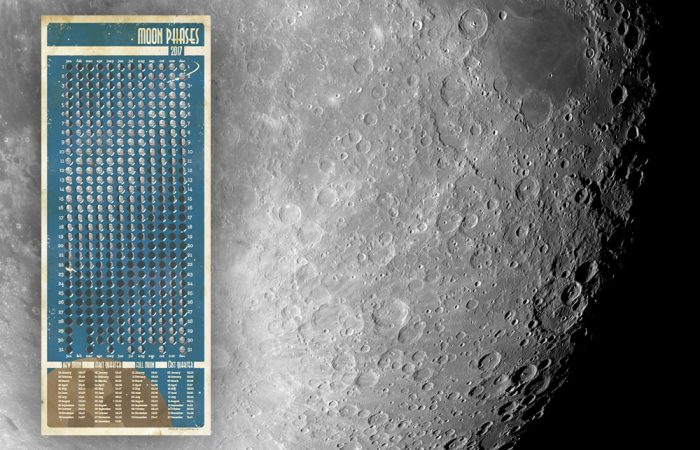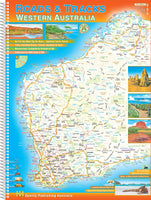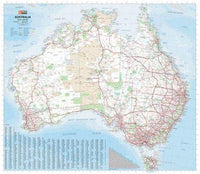The Moon Phases Poster

 We're not afraid of tooting our own horn on occasion. Each year the Chart & Map team designs a pretty sweet Moon Phases poster. The poster shows the current state of the moon in picture every night of the year. If you are someone who likes to plan ahead, the poster also gives you the exact dates and times for the full, new and quarter Moons.
We're not afraid of tooting our own horn on occasion. Each year the Chart & Map team designs a pretty sweet Moon Phases poster. The poster shows the current state of the moon in picture every night of the year. If you are someone who likes to plan ahead, the poster also gives you the exact dates and times for the full, new and quarter Moons.
Planning for the Full Moon
There are some workers and hobbyists that need to know when it’s a full Moon like farmers and gardeners. Then there are plenty of professionals who will tell you the full Moon sends their clients and students a little crazy! Think accident and emergency nurses and doctors, psychologists, psychiatrists and teachers.Moon Phases
There are four terms to describe the phases of the moon.- Crescent – when the Moon is less than half illuminated
- Gibbous – when the Moon is more than half illuminated
- Waxing – sunlight portion of Moon is increasing but less than half
- Waning – when the Moon is decreasing in illumination

Fun Facts about the Moon
People the world over have been fascinated by the Moon ever since the Cold War when Russia and the US battled it out to put the first man on the Moon.- The complete Moon phase takes 29 and a bit days to complete.
- 59% of the Moon is visible from Earth
- About 49 Moons could sit inside Earth
- One half of the Moon is always illuminated by the sun
- Moon shapes are created by the sunlit portion and shadowed portion
- Shadowed part of the Moon is invisible to the naked eye
- The same side of the Moon always faces Earth
- Moon’s mantle rocks are rich in iron and magnesium
- Footprints on the Moon could stay there forever as there is no wind
- Apollo missions returned to Earth with 2,196 rock samples
- The Moon is around 384,400 km from Earth
Featured collection
Categories:
news
Posted on: Mar 15, 2017








Comments